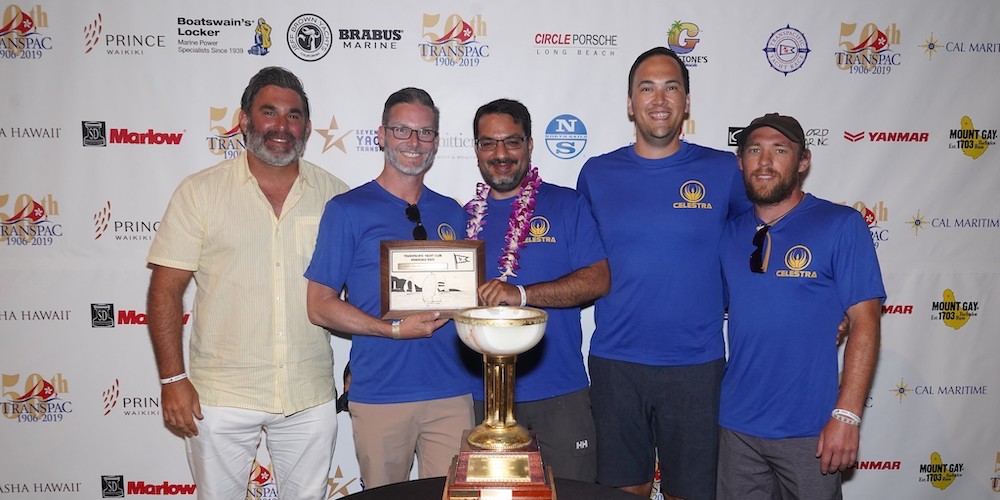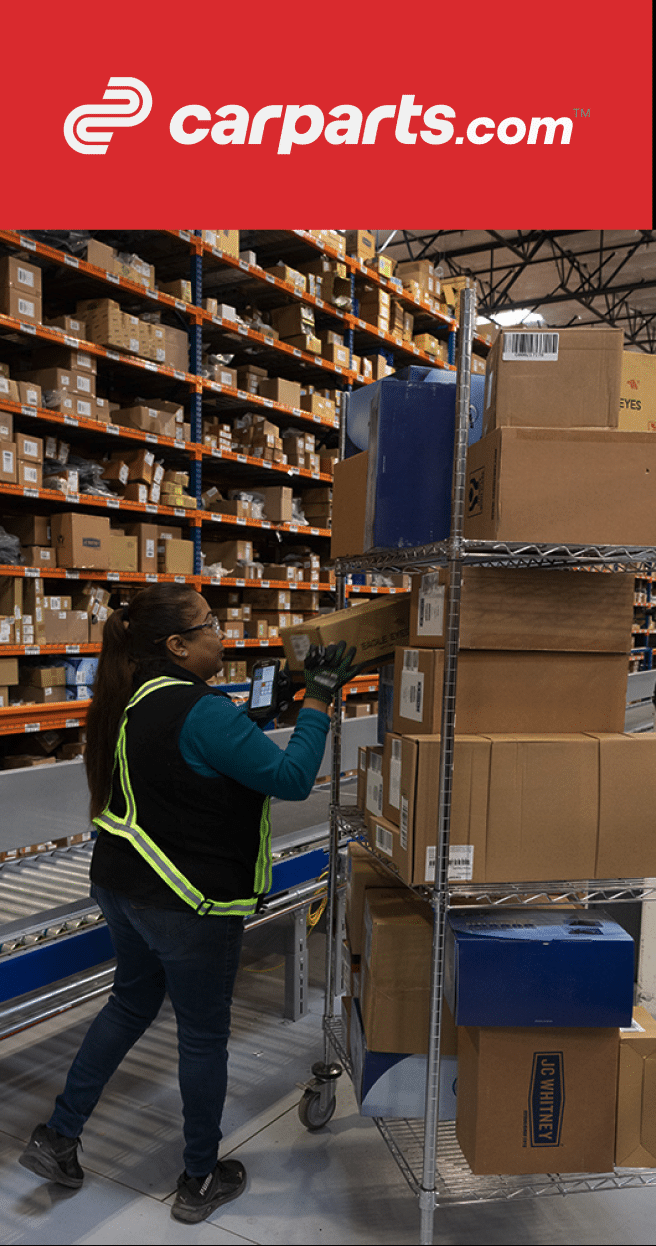
inVia Robotics’ co-founder Lior Elazary is a serial entrepreneur, CEO of a fast-growing startup, and an accomplished sailor. As a child, he was interested in science, technology, and computers, often taking electronics apart to see how they worked. That natural curiosity and love of solving problems paid off quickly when he was able to get his hands on a broken TV and VCR and repair them, much to the amazement of his friends.
Later as a teenager, Elazary decided he wanted to learn how to sail, so he saved up his money to buy his first boat—a used HobieCat—and took classes to learn the theory and principles of sailing. Again, he approached sailing as a problem to be solved, which meant determining the most-efficient way to get to a destination given the winds, the conditions at sea, and the configuration of the vessel.
The parallels between these two passions are emblematic of Elazary’s life, career, and management style to this day: he loves to solve problems.
In July 2019, Elazary decided to compete in his first sailing race, the challenging and often dangerous Transpac—a non-stop race from Rainbow Harbor in Long Beach, CA to Diamond Head in Honolulu, HI that cover more than 2,200 nautical miles.
The voyage was not without some setbacks and harrowing moments, but despite his lack of competition experience, Elazary and his Celestra crew completed the race, finishing first in their division. In navigating his way across the Pacific, he applied much of the management philosophy and skills that he brings to the table as inVia’s CEO.
Watch the Wind and be Prepared to Make Adjustments—Constantly
The wind and sea are like the markets. They are all completely out of your control. However, you can navigate them successfully by seeing opportunities in the inevitable change they bring. You have to learn how to use the wind to your advantage to get where you want to go. You have to sail with the wind you’ve been dealt, not the wind you expected to have, or the wind that you think you need.
At its core, sailing is an optimization problem. You have lines, sheets, and winches. You have different sails to trim. There are a lot of things that can be fine-tuned on a sailboat based on the conditions at sea. The goal is to properly trim (adjust) your sails to match wind and sea conditions. If you do it right, you go fast. If you do it wrong, you don’t go anywhere. Even the smallest mistake, like turning the helm a fraction more than you should, can have catastrophic consequences that leave you dead in the water.
It’s the same with running a startup. You need to continually adjust your strategy to match the ever-changing conditions of the market, but be careful not to overcorrect.
And remember: the wind doesn’t really care how much progress you’ve made in any one direction, and neither does the market. You may think you have the best product in the world, but if there’s no market fit, it’s not going to be successful. You need to make adjustments. In sailing, that’s called “tacking.” You sail at an angle to the incoming wind and execute a series of quick directional changes that allow you to move forward.
Lior Elazary (center) and ther crew of the Celestra.
Make Strategic Investments
Building a startup requires investments, but not all investments are monetary. Time, resources and people are investments that can result in large gains down the road.
Changing direction to account for the wind can alter your course significantly, putting you farther away from your destination, but while the distance you travel may be much longer, you’ll make up for it in the speed of your progress toward your goal. It’s about investing in the long game, not just in the quick and easy “wins” that seem like they are worth it, but that are actually taking you in the wrong direction. You’ve got to make an investment in plotting a new course based on current information, and if you get it right, you get to cash out in the form of the overall time and effort saved to get to your goal.
Embrace Failure and Move On
If the market changes and you have to alter your course quickly, you need to realize that all the time you spent sailing in a particular direction is lost, and it’s time to come up with a new plan. You can complain about it all you want. You can even try to keep sailing in the same direction, but you won’t get anywhere.
inVia Robotics began as a company with the idea of building robots to help care for the elderly—robots that could do tasks like picking things up off the floor or taking food out of the freezer and putting it in a microwave, but the business case didn’t work.
While we were designing those early prototypes, we were ordering all of our materials online from Amazon with overnight shipping. And then we started wondering how Amazon was able to fulfill those orders so quickly. We started looking at the financials and what other companies were doing, and we soon discovered that everyone was struggling to fulfill online orders efficiently. That’s when we realized there was a tremendous opportunity for robots to streamline the fulfillment process, so we made a crucial adjustment and moved from eldercare to e-commerce, and that’s what made inVia the company it is today.
Smooth Sailing
The bottom line in both sailing and startups is that the wind does not care which way you want to go, and neither does the market. If you want to reach your destination, you’ll need to continuously adapt to ever-changing conditions. Trim your sails, communicate clearly with your crew, and be prepared to ride out the storm. If you make the right adjustments, you’ll sail across the finish line.

